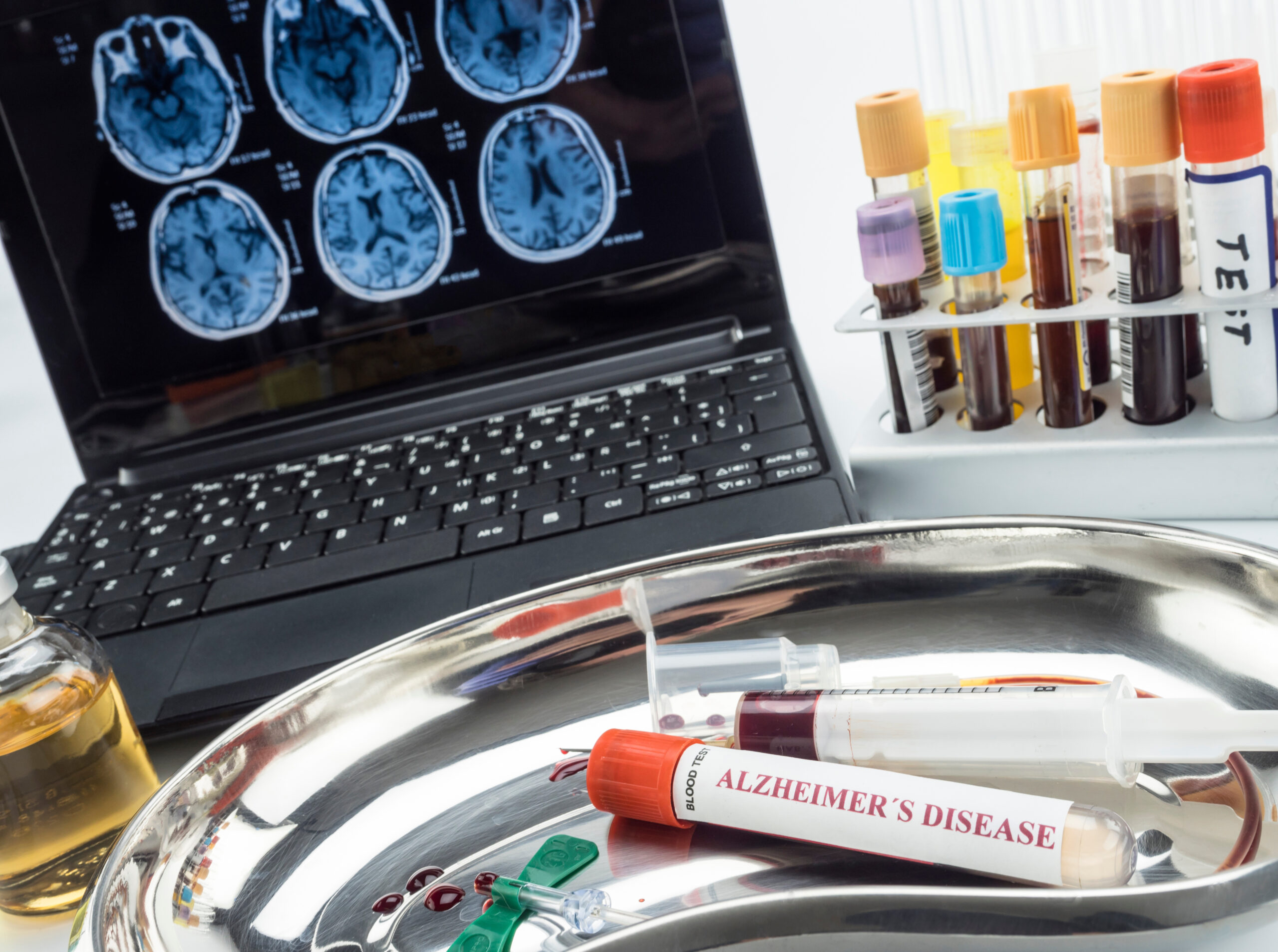The Unseen Impact of Wearable Technology on Early Dementia Detection
The Unseen Impact of Wearable Technology on Early Dementia Detection
In recent years, wearable technology has been making significant strides in the field of healthcare, particularly in the early detection of dementia. Dementia, a condition characterized by cognitive decline, affects millions worldwide and is often diagnosed too late for effective intervention. However, advancements in wearable devices and artificial intelligence (AI) are changing this landscape by enabling early detection and potentially improving outcomes for those at risk.
### How Wearable Technology Works
Wearable devices, such as EEG headbands or smartwatches, can monitor various physiological signals, including brain activity and motor functions. These devices are non-invasive, making them comfortable for long-term use. For instance, researchers at Mass General Birmingham have developed an AI-powered tool that uses sleep EEG data to predict cognitive impairment with a high degree of accuracy. This tool can identify subtle changes in brain wave patterns during sleep that signal future cognitive decline, allowing for early intervention[1].
### Early Detection of Cognitive Decline
Early detection is crucial because it allows individuals to start treatments or lifestyle changes that can slow down cognitive decline. Traditional methods of diagnosing dementia often rely on clinical assessments that may not catch the disease until symptoms are pronounced. Wearable technology offers a more proactive approach by continuously monitoring brain health and detecting subtle changes that might indicate cognitive impairment.
### Motor Function Tests
Another innovative approach involves using AI to analyze motor functions. Researchers at the University of Missouri have developed a portable system that assesses how cognitive decline affects motor skills, such as walking and balance. This system uses a depth camera and a force plate to capture precise movement data while participants perform tasks that challenge their cognitive abilities. The data is then analyzed using machine learning algorithms, which have successfully identified individuals with mild cognitive impairment (MCI), a precursor to dementia, with a high degree of accuracy[3][5].
### Impact on Healthcare
The impact of wearable technology on dementia detection is multifaceted. It not only provides early warnings but also makes healthcare more accessible. These devices can be used in various settings, from homes to community centers, reducing the need for specialized facilities. This accessibility is particularly beneficial in rural areas where access to neuropsychologists is limited.
### Future Prospects
As technology continues to evolve, we can expect even more sophisticated tools for detecting cognitive decline. Future research aims to refine these systems, expanding their applications beyond dementia to other neurodegenerative diseases. The potential for wearable technology to transform healthcare is vast, offering hope for millions affected by dementia and related conditions.
In conclusion, wearable technology is revolutionizing the way we approach dementia detection. By providing early warnings and making healthcare more accessible, these devices have the potential to improve lives and outcomes for those at risk of cognitive decline. As research continues to advance, we can look forward to a future where dementia is diagnosed earlier, and interventions are more effective.





